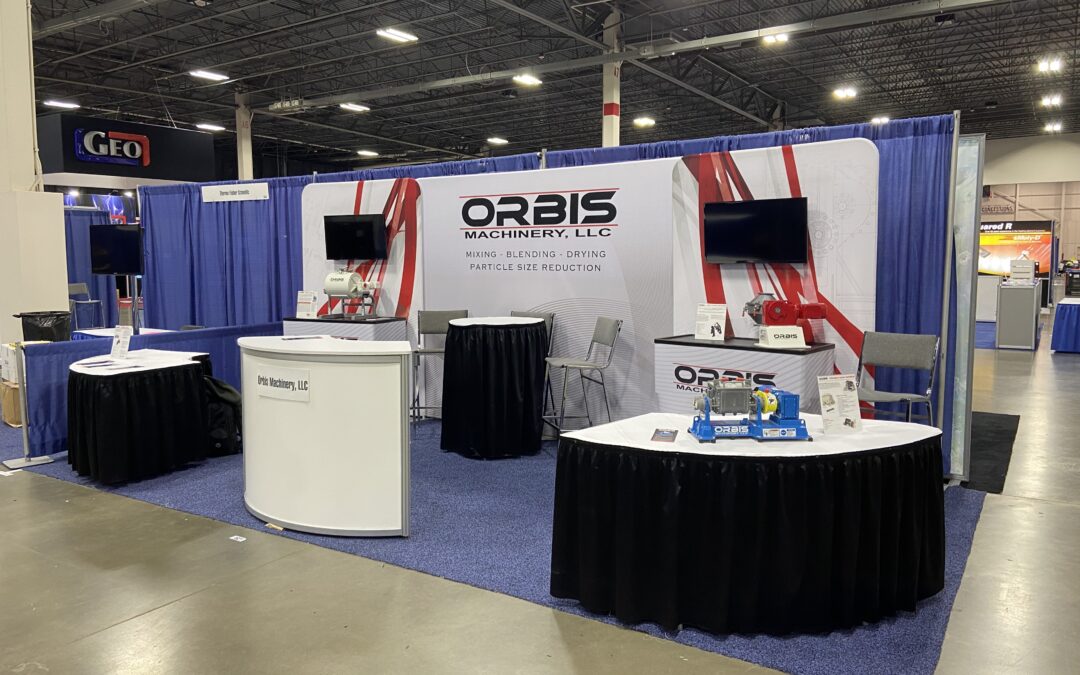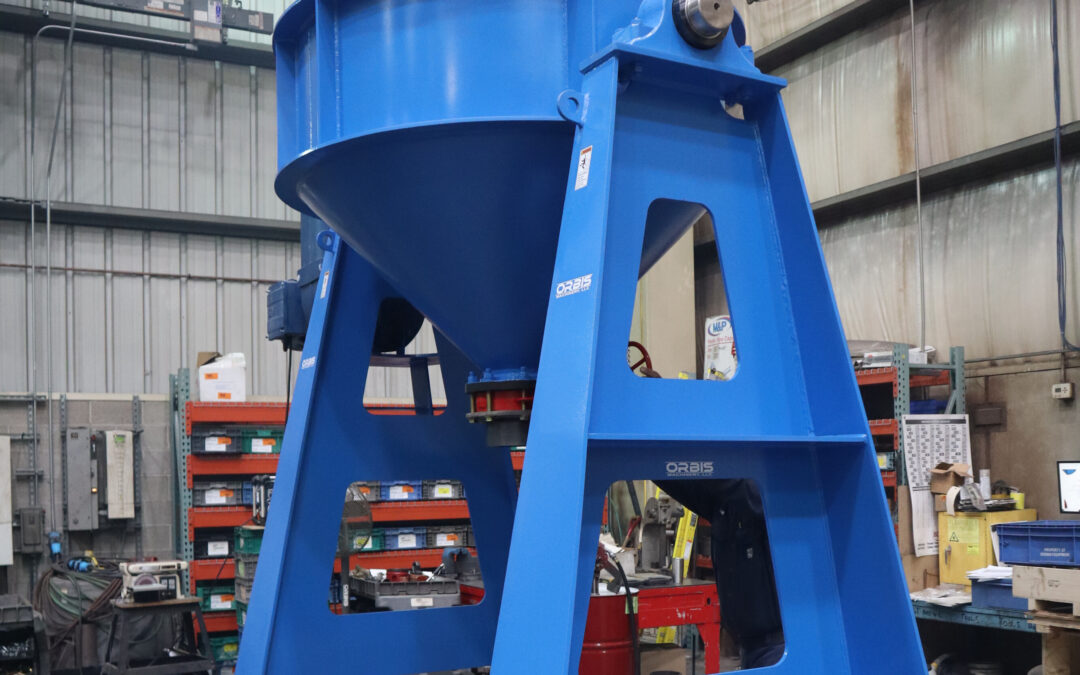Ascertaining the ideal manufacturing time is to have an understanding of the period it takes to convert raw materials into finished goods. You may also come across this as throughput time. The ideal manufacturing cycle time considers the move time, process time, queue time and the inspection time. For a better understanding, let’s break it down further;
Process Time
This is the summation of time it requires to actually work on the product. Each step it takes will be put into consideration.
Move Time
Manufacturing is a process of smaller work components. In calculating the ideal manufacturing cycle time. The time involved in moving the work in process across different work station is also put into consideration.
Inspection Time
Products are bound to have defects and are not meant to leave the production stage without correcting these defects or removing from the batch. It will take some time to check through the products, it also forms part of the manufacturing cycle time.
Queue Time
This is the total time of the idle time the products go through while waiting to be processed, moved and inspected. Therefore, we can point out that the ideal manufacturing time is the summation of the process time, move time, inspection time and the queue time. i.e Manufacturing Time= Process + Move + Inspection + Queue
There’s also another way of calculating the ideal manufacturing cycle time from the perspective of the delivery cycle time. The delivery cycle time is the combination of process, move, inspection, queue and wait time. Therefore to arrive at the ideal manufacturing cycle time, we can deduct the wait time.
i.e Ideal Manufacturing Cycle Time= Delivery Cycle Time-Wait Time.
Steps to Improving the Ideal Manufacturing Cycle Time
In adopting a lean manufacturing workstation, attention have to paid to all aspect of the manufacturing processes. Which is why it’s considered to set up an ideal workstation in order to arrive at an efficient manufacturing cycle time. Employ this steps in your work environment;
1. Cut Down The Transit Time
As much as possible, you need to reduce the need to move around the workstation during the manufacturing process. It will amount to a waste of time if employees need to work across the hall in order to have access to an important tool in the production process.
2. Equipment and Tool Sharing Should Be Limited
Regardless of how you have arranged your work shifts and tool sharing processes, it never works. All it leads to is longer manufacturing cycle. Provide all of your employees the tools and equipment needed during the manufacturing process. Rather than save money, you will be losing money.
3. Lower Cycle Times
Lastly, you need to cut down the cycle times. This will bring about higher production output if rightly done. The production managers need to pay attention to the source. This is beyond what can be arrived at through the data provided by the enterprise resource software.



